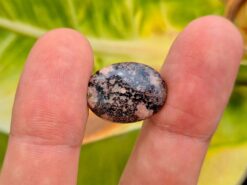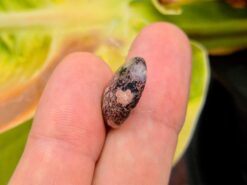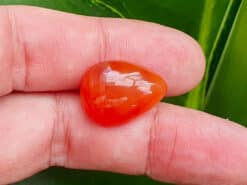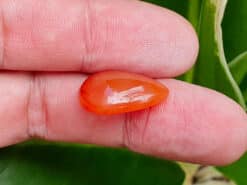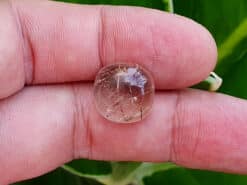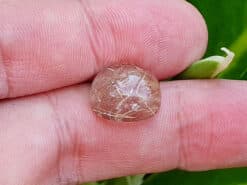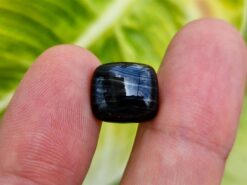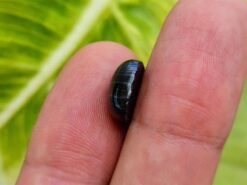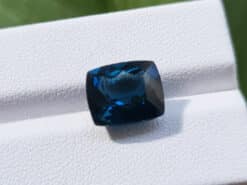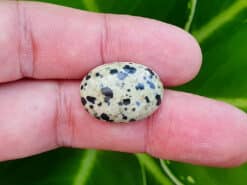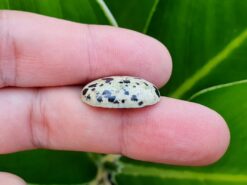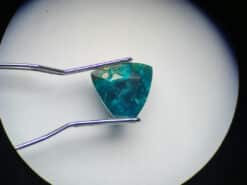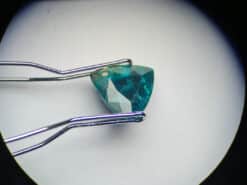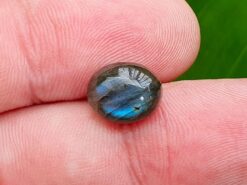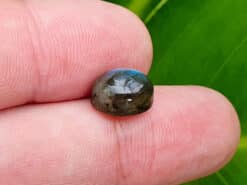Axinite
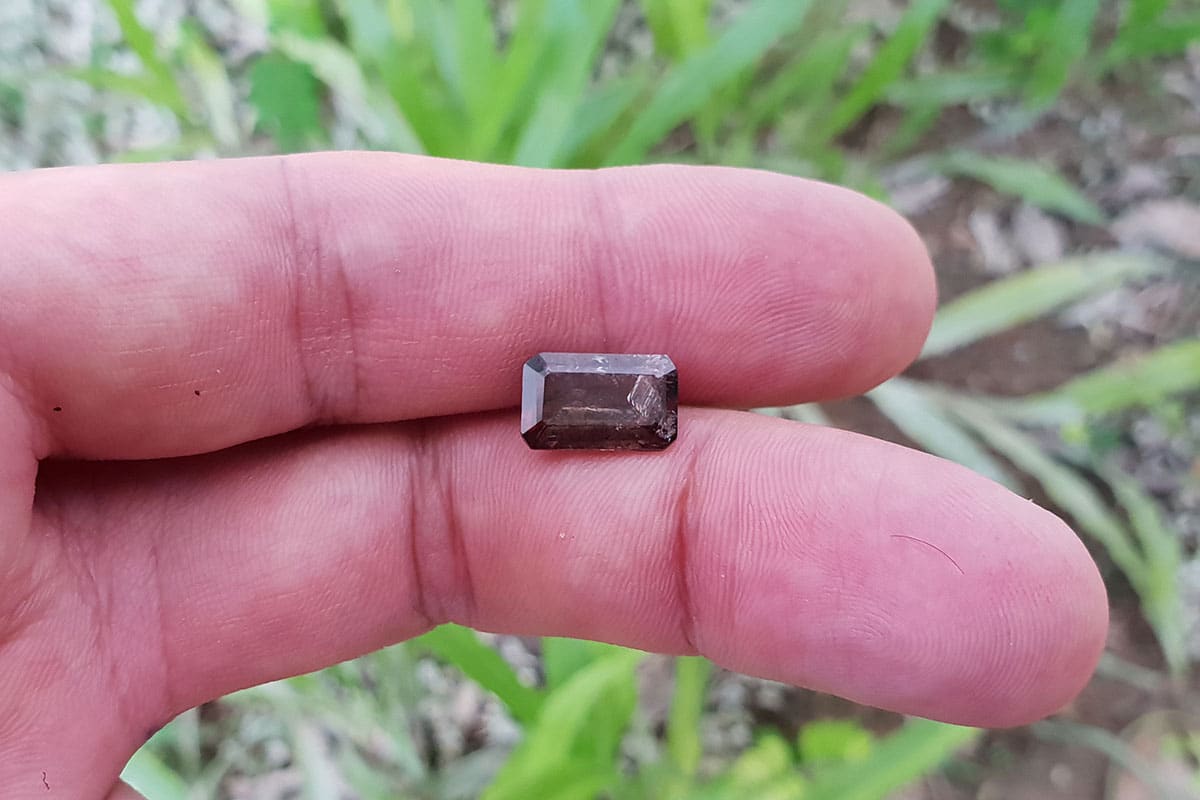
Axinite is a generic name which covers 4 mineral species.
Buy natural gemstones in our gem shop
Axinite gemstone
Of the group of silicates subgroup of sorosilicate. They are all triclinic borosilicate of formula: Ca2 (Fe, Mg, Mn) Al2 [BO3OH, Si4O12].
Discovered at the end of the 18th century by Jean-Godefroy Schreiber. In Oisans, this naturalist also owes the discovery of stilbite and anatase. The first description is due to Romé de Lisle, the mineral. It was named by René-Just Haüy.
The word derives from the Greek axinè = ax. Because of the shape of the crystal. The name of the stone refers to the disposition of crystals. It takes a shape that presents as an ax edge down the facet x. René-Just Haüy.
The structure of the stone consists of rings [Si4O12]8- and BO3 units. Rings are separated, parallel to each other. And almost parallel to the plane (010). Iron in octahedral position links there groups together. Also by aluminium in tetrahedral and octahedral coordination. And by calcium which is at the center of an irregular polyhedron of 10 oxygens.
Axinite gem chemistry
The important point in the chemistry of this silicate is the presence of boron in large quantities. The percentage of calcium remains constant. However, iron and also manganese may vary in inverse proportion. The optical properties of the stone are closely related to the content of these three elements.
The developed forms are {110}, {-110}, {1-11}. The faces are often finely ridged. And form acute angles giving the mineral a sharp appearance.
Mineral metamorphic contact and metasomatism. It is found in weathered limestone sediments. And also in altered basic igneous rocks undergoing metamorphism with boron introduction.
In crystalline shales metamorphosed by granite.
We can found it with other silicates rich in calcium and also boron. Like tourmalines, datolite, calcium amphiboles, actinolite, zoisite, calcite, and also quartz.
Axinite stone group
- Ferroaxinite, Ca2Fe2+Al2BOSi4O15(OH) iron rich, also clove-brown, brown, plum-blue, pearl-gray.
- Magnesioaxinite, Ca2MgAl2BOSi4O15(OH) magnesium rich, also pale blue to pale violet, light brown to light pink.
- Manganaxinite, Ca2Mn2+Al2BOSi4O15(OH) manganese rich, also honey-yellow, clove-brown, brown to blue.
- Tinzenite, (CaFe2+Mn2+)3Al2BOSi4O15(OH) iron, also manganese intermediate, yellow, brownish yellow-green.

